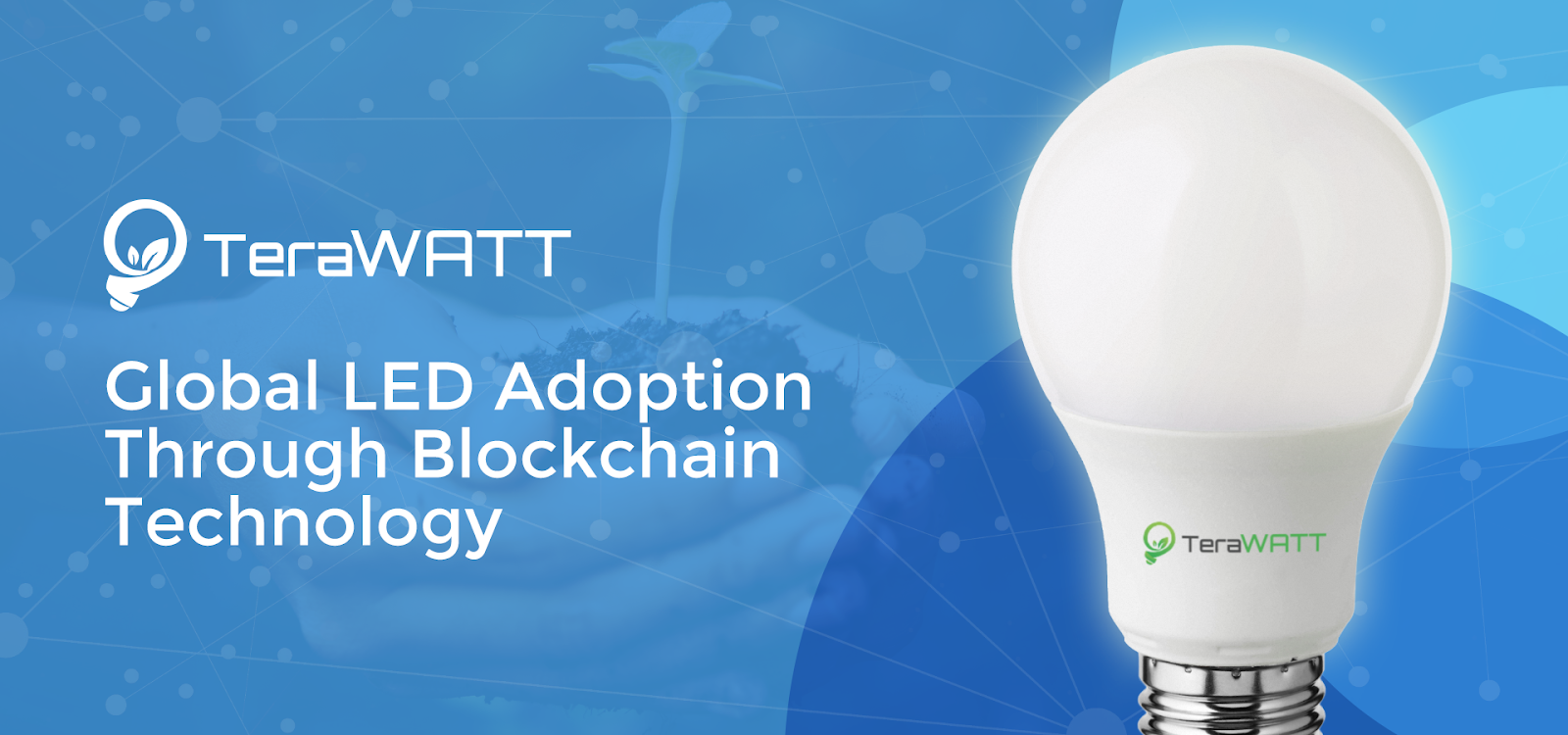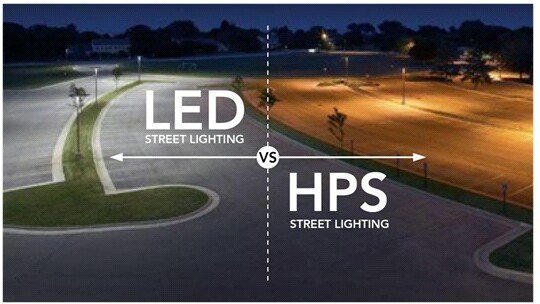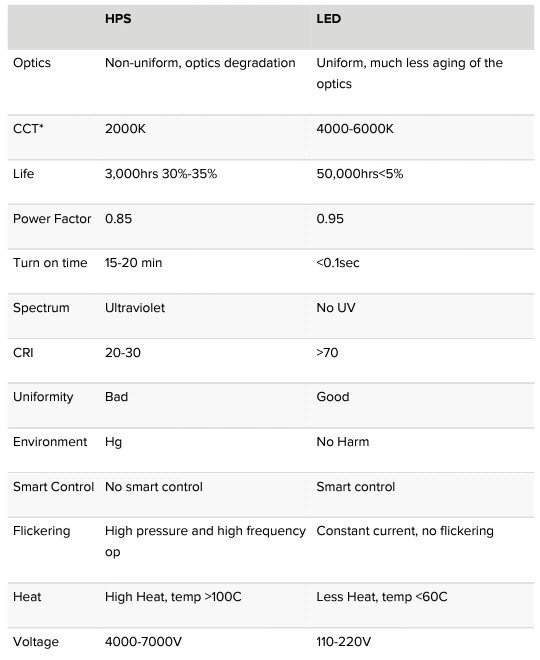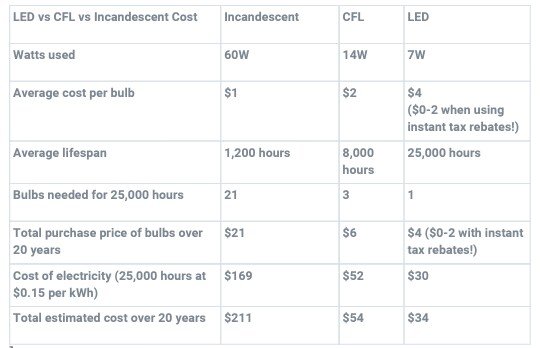
At the present time, we all need the light, especially in our daily lives. If you are in your home or in your room when you walk in the street, on the streets and even in school or in the office. Light is the most important of all.
But the cost and power consumption that used in our lamps consume much energy, and it will cost a lot. We all need to save energy and money at the same time.
Well thanks terawatt
- patented, renewable energy blockchain run, with a strong focus on monetization and management of the global LED adoption.
So what is a LED ?
A light emitting diode (LED) is a semiconductor device that emits light when an electric current passes through it. Light produced when the particles carrying the current (known as electrons and holes) are combined together inside a semiconductor material.
LED is more expensive than other light bulvs in the markets at the moment. You can also save energy consumption, if you are using LEDs, your electric bill will not go up. People can save money, especially those who have their own business.
The purpose terawatt to:
Blockchain leverage technology to help reduce global lighting electricity consumption by 50 per cent (about 2,000 TW) until 2035, and increase light output by 50 percent. Terawatt also create a deflationary currency to compete with FIAT and digital alternatives as Bitcoin. Terawatt aimed at solving other renewable energy sectors such as solar, wind, electric vehicles after the proof of concept is achieved by means of LEDs
HPS vs. LED


LEDs Vs CFLs and incandescent lamps:

Most people and businesses realize LEDs are more efficient, can reduce their electricity bills, and tend to be better for the environment. However, most LED buyers are not aware that they could use the local city / state tax benefits to reduce the purchase price by 50-80 percent, and that they can apply for a tax credit at the end of the year (as always consult with your local tax professional). Take a quick look at the table below:
While the prices of LED lamps were astronomical just a few years ago - more than $ 100 per bulb - now you can pick up cheap, 60 watt-equivalent LED bulb for less than $ 5, they will be even cheaper as technology advances. Incandescent bulbs are being phased out: an almost complete ban on their sale started in 2014 and will be implemented in full in 2020. Simply put, they spend a lot of energy, and not for very long. Although, CFL-x better than incandescent lamps, LEDs are higher than one in each region. Modern KLLY also contain small amounts of mercury, which is harmful for your health and the environment. This means that it is bad news to break one (here is how clean it is safe, if you do), and they should not be disposed of in normal household waste (this is how to dispose of them). If these lamps are not properly disposed of, mercury can lead to contamination of groundwater, which we use as a source of drinking water. These are just some of the severity we face if the CFL are not properly positioned.
For more information about them, you can check out these links:
Website : https://terawattled.com/
Whitepaper : https://terawattled.com/assets/Terawatt.pdf
Ann Thread : https://bitcointalk.org/index.php?topic=4180151.0
Telegram : https://t.me/TeraWattICO
By Martin Vunk :
Tidak ada komentar:
Posting Komentar